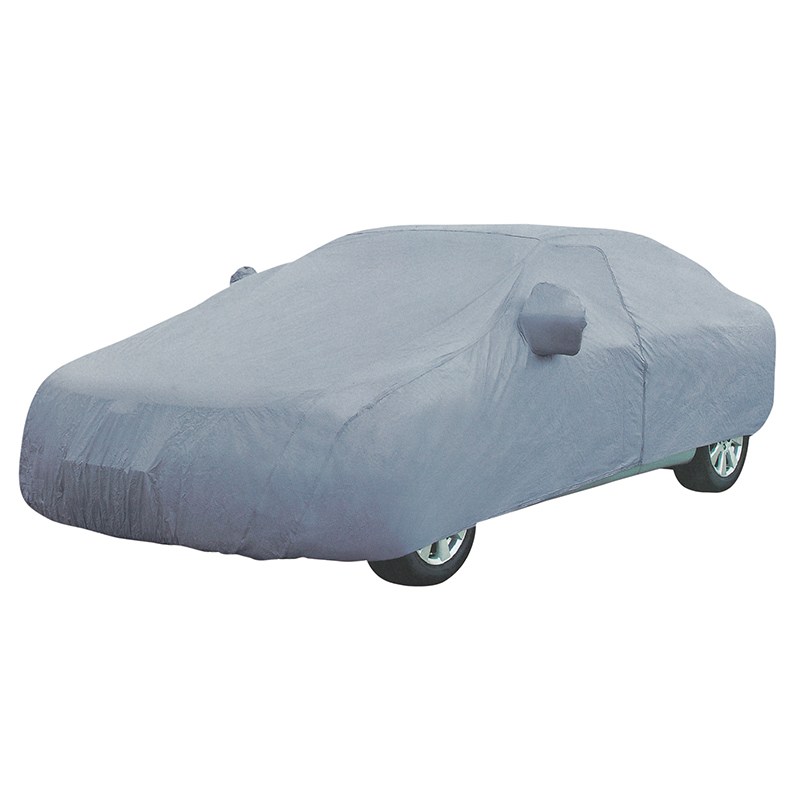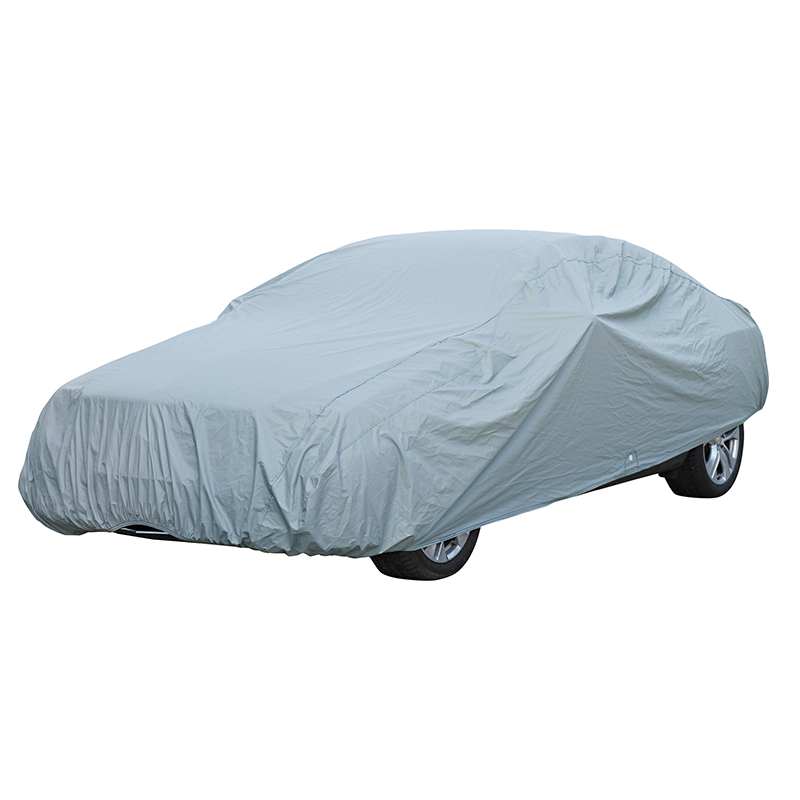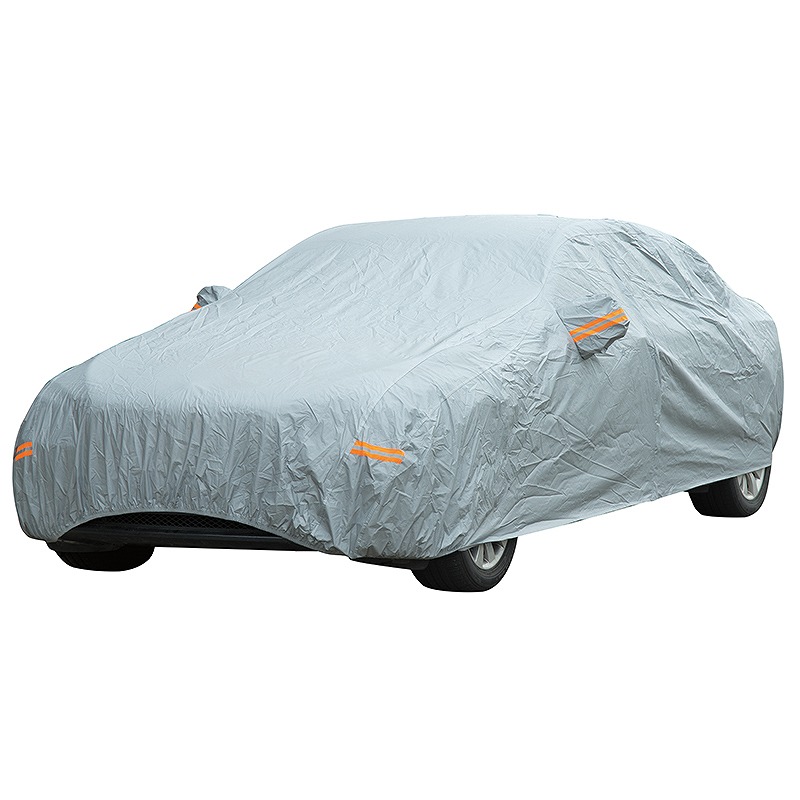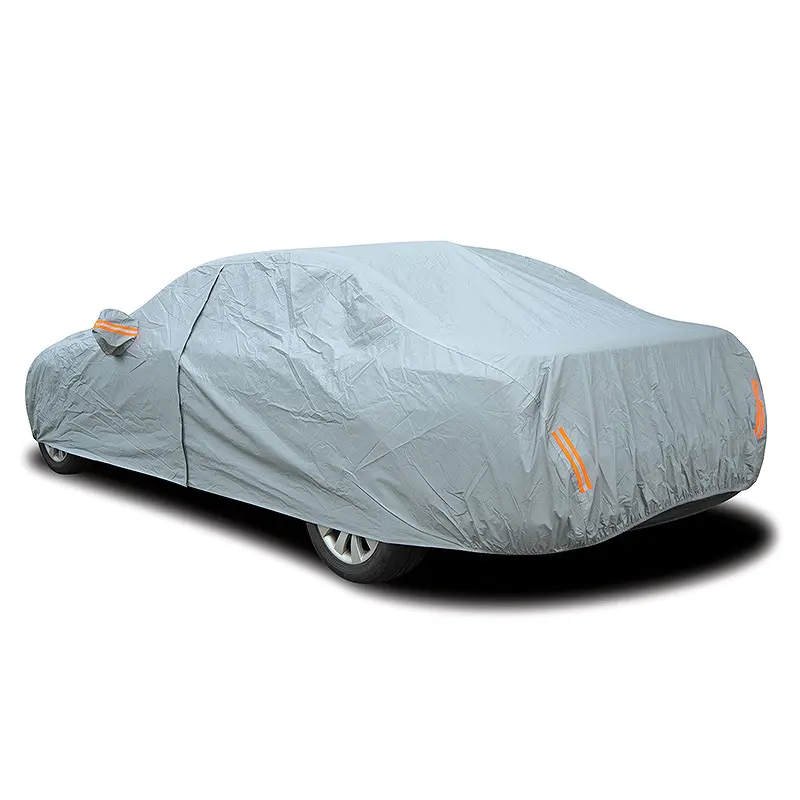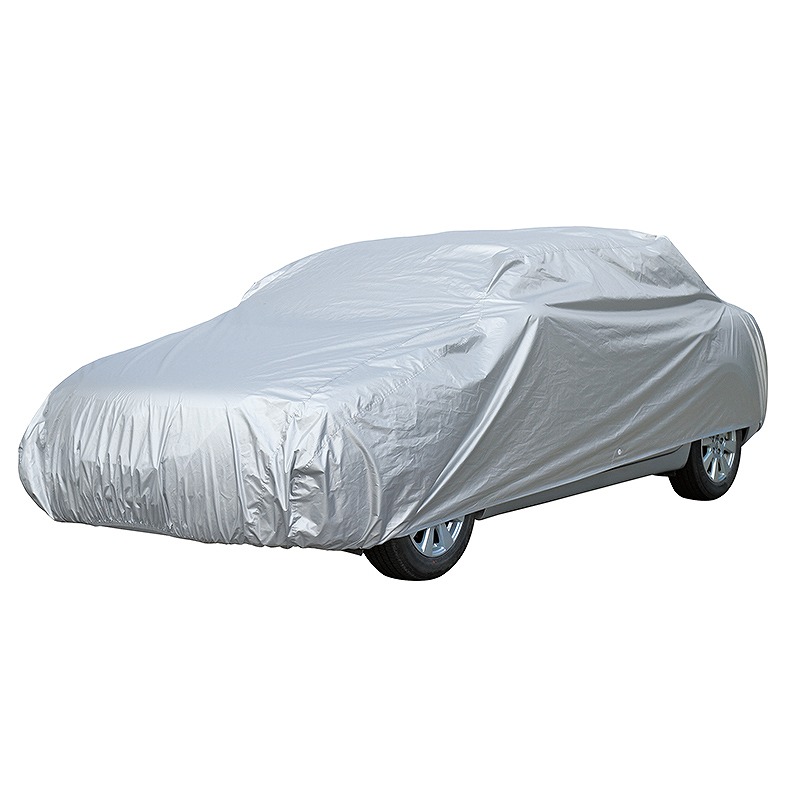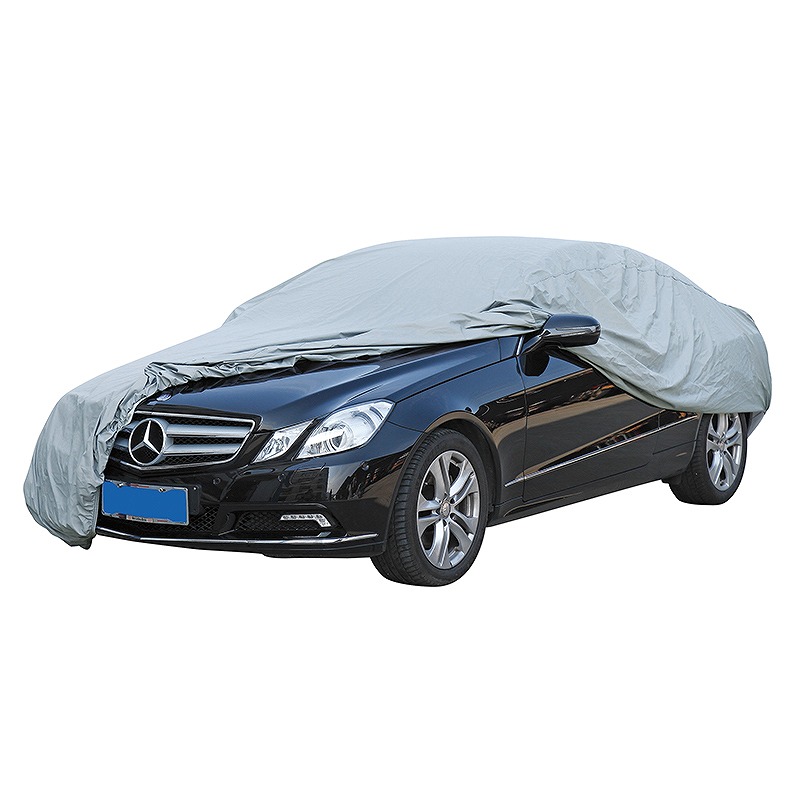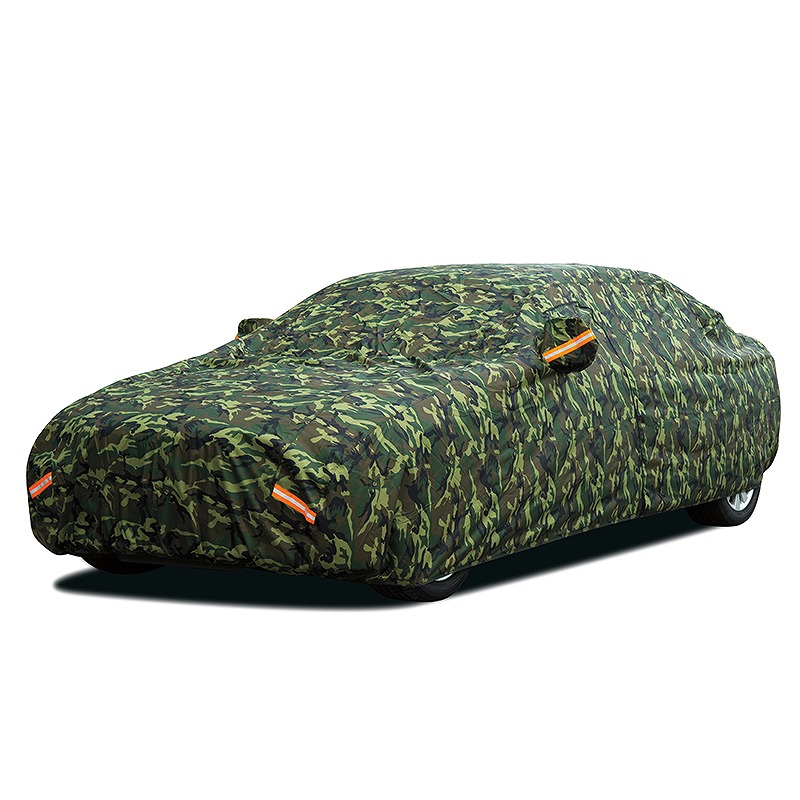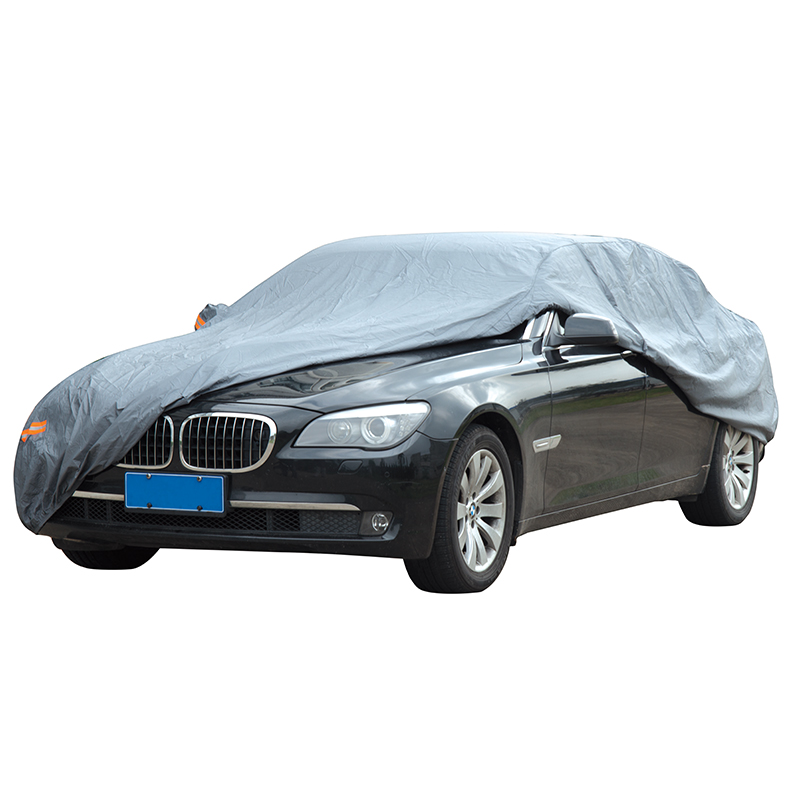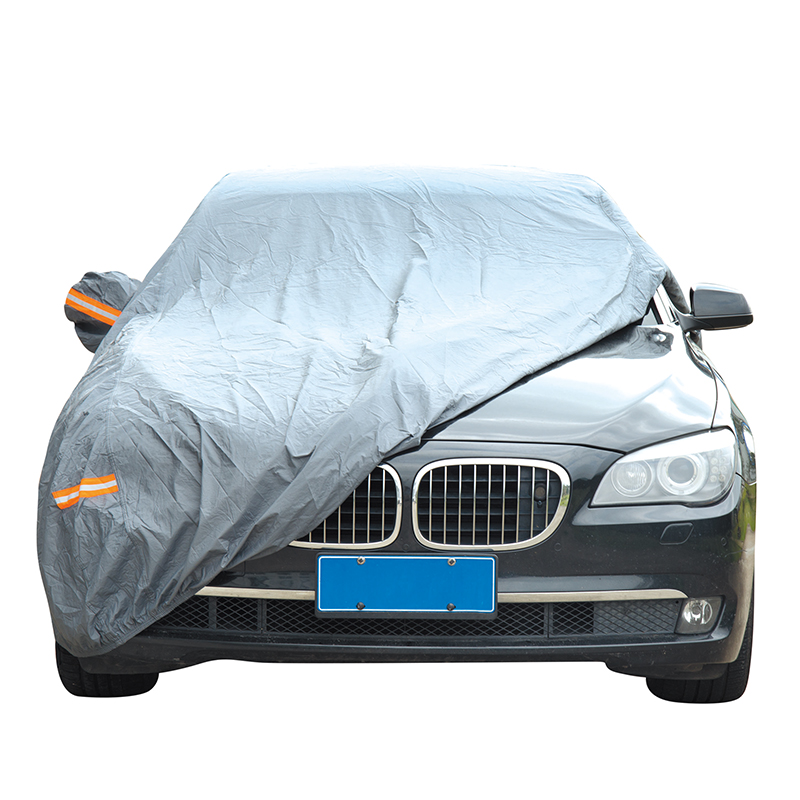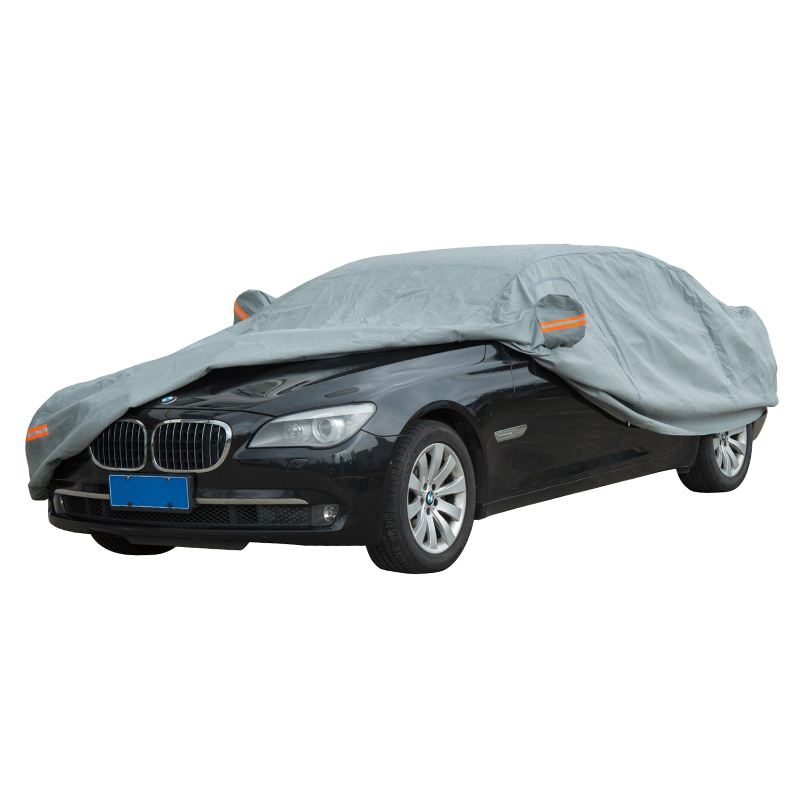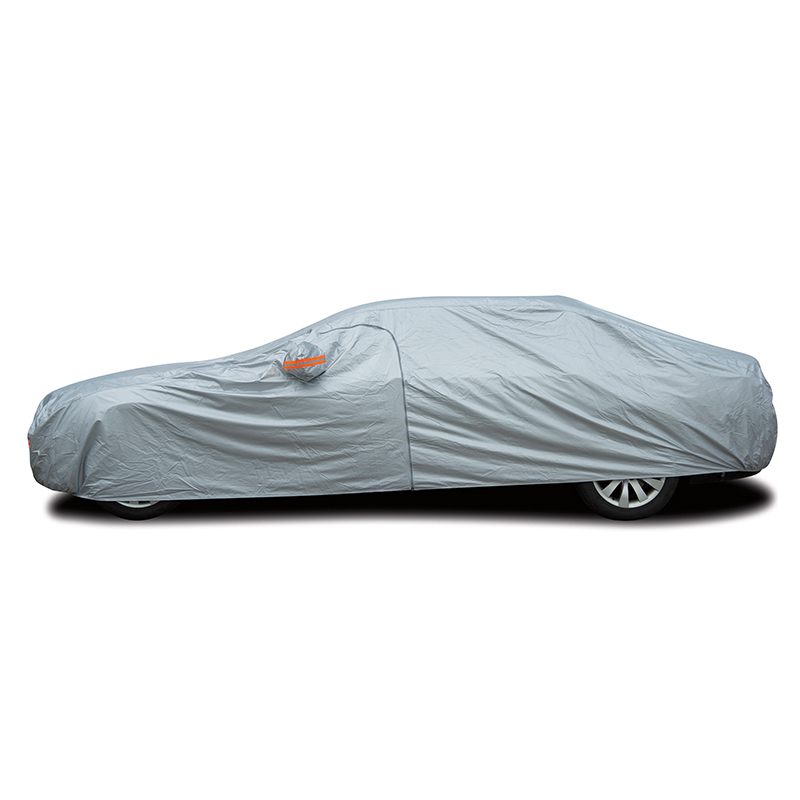For many drivers, the journey is shaped not only by the vehicle’s performance but also by the comfort provided inside and the protection applied outside. A seat cushion designed with ergonomics in mind can significantly improve posture and reduce fatigue during extended travel, while products manufactured in a car cover factory ensure the vehicle exterior remains shielded from environmental stress. Together, these innovations highlight how automotive accessories enhance both driver well-being and vehicle longevity.
Why Ergonomics Matters in Driving Comfort
Driving often involves hours of sitting in one fixed position, which can strain the lower back, hips, and shoulders. Without proper support, the spine may gradually curve, causing discomfort that extends beyond the trip itself. Ergonomically designed seat cushions address this issue by aligning with the natural posture of the body. Contoured shapes, strategic padding, and targeted lumbar support work together to distribute weight evenly, reducing pressure points and encouraging a healthier sitting position.
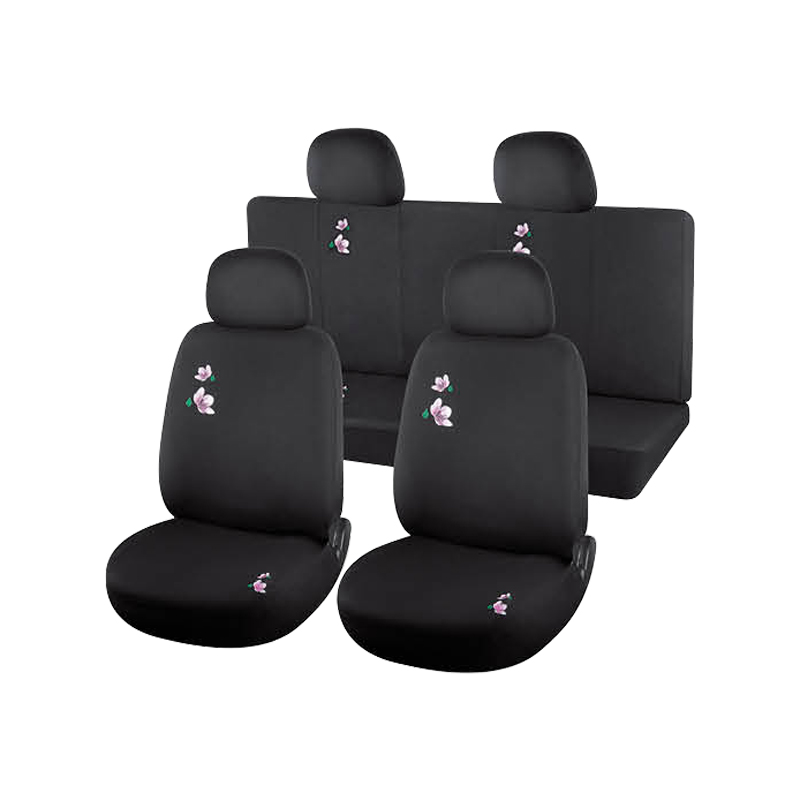
Materials That Influence Cushion Performance
The effectiveness of a seat cushion depends heavily on the materials used. Memory foam remains a popular choice because of its ability to adapt to body shape, while high-density foam ensures the structure holds up under long-term use. Some designs combine multiple layers, using a firmer base for stability and a softer top for comfort. Breathable fabrics and ventilated mesh add another layer of practicality by encouraging airflow, helping drivers remain comfortable even in warmer climates. The principle is similar to material considerations in a car cover factory, where fabric selection must balance durability, function, and ease of maintenance.
Airflow and Temperature Regulation
Heat buildup is a common concern during long drives, particularly in summer. Cushions that trap heat can make the driving experience uncomfortable and distracting. Innovative designs integrate channels or perforated layers to improve ventilation. By allowing air circulation, these cushions help regulate temperature and reduce moisture accumulation. This feature not only increases comfort but also maintains hygiene, especially for drivers who spend extended hours in their vehicles each day.
Supporting Different Body Types and Needs
No two drivers are alike, which means a one-size-fits-all solution rarely provides the same level of comfort. Adjustable seat cushions or those with removable inserts allow customization according to body type and personal preference. Taller drivers may require extra elevation to improve visibility, while shorter individuals might benefit from thinner designs that provide support without raising the seating height too much. The adaptability of these cushions ensures that drivers can find solutions that fit their specific driving situations.
Durability and Practical Maintenance
Seat cushions are exposed to constant use, so durability is an important factor. High-quality stitching, resistant fabrics, and stable foams extend the lifespan of a cushion. Removable and washable covers make cleaning easier, while stain-resistant treatments help maintain appearance. Just as a product from a car cover factory must withstand sun, rain, and dust outdoors, a cushion must handle repeated use and occasional spills without losing its supportive qualities.
The Role of Posture in Driving Safety
Comfort is not the only benefit of ergonomic cushions; they also contribute to driving safety. A stable and comfortable sitting position helps maintain focus on the road. This reduces distractions and allows for quicker responses to driving conditions, making ergonomic design a practical feature with safety implications.
Integrating Style with Functionality
While performance and comfort are key, design aesthetics remain important for many drivers. Seat cushions come in a variety of colors and textures, allowing them to blend seamlessly with the vehicle’s interior. Coordinating cushions with seat covers, mats, or other interior elements creates a unified look. This reflects the same balance between style and function that car cover products often demonstrate, proving that practicality and appearance can complement each other effectively.
Practical Guidance for Selection
Long-distance travelers may prefer cushions with strong lumbar support and thicker padding, while city drivers might look for lightweight designs that allow easy entry and exit. Climate conditions also matter, with breathable fabrics suited to warmer regions and layered padding offering comfort in colder weather. Assessing personal needs and testing material quality can guide buyers toward options that genuinely improve the driving experience.
How Interior and Exterior Care Work Together
Comfort inside the vehicle and protection outside are closely linked. Seat cushions enhance the driver’s physical well-being, while covers developed in a car cover factory safeguard the vehicle against environmental damage. Both categories show how thoughtful design and material science serve practical needs, ensuring that vehicles remain both functional and comfortable over time.

 English
English 中文简体
中文简体 русский
русский Español
Español Deutsch
Deutsch عربى
عربى